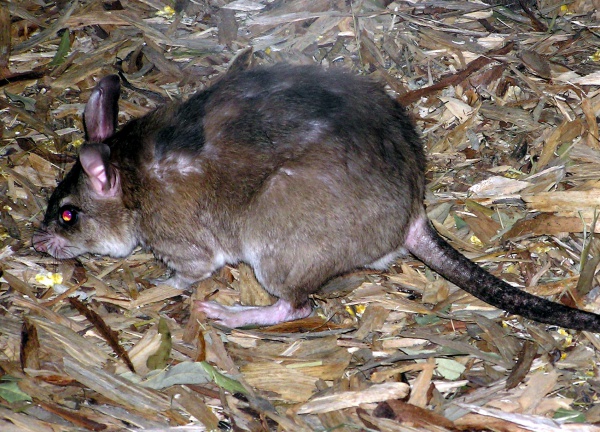Facts About Malagasy giant rat
The Malagasy giant rat, also known as the votsotsa or votsovotsa, is an exceptional rodent native exclusively to the Menabe region of Madagascar. Regrettably, this species is endangered due to habitat loss, a low reproduction rate, and a very restricted range. Unlike many other rodents, these rats are monogamous, with females typically giving birth to just one or two offspring each year. They are the last surviving species in their genus, Hypogeomys, as another species, Hypogeomys australis, is known only from subfossil remains.
In appearance, these rats bear a resemblance to rabbits but retain several rat-like characteristics, particularly in their faces. They grow to approximately the size of a rabbit, with both males and females weighing around 1.2 kg and measuring about 33 cm in body length, with an additional 20–25 cm for their tails. Their fur can range from gray to brown to reddish, with a white underside. They possess pointed ears and long hind legs that enable them to leap impressively high—nearly 3 feet into the air—earning them the nickname "giant jumping rats."
Regarding reproduction, male Malagasy giant rats reach sexual maturity within a year but typically do not mate until they are between 1.5 to 2 years old. Females mature at two years of age. These rats remain with one partner until one of them dies. Females typically give birth to a single offspring after a gestation period of 102–138 days, once or twice a year during the breeding season. Both parents care for the young until they are ready to leave and establish their own burrows.
These rodents are nocturnal and reside in burrows with multiple entrances to evade predators. They forage for fruits, nuts, seeds, and invertebrates and are highly territorial, marking their territory with various secretions. The Malagasy giant rat faces threats from habitat destruction, increased predation by non-native species, and diseases such as toxoplasmosis and hantavirus.
To aid in the conservation of the Malagasy giant rat, protective laws have been enacted, reserves like the Kirindy Forest Reserve have been established, and breeding programs in captivity have been initiated. Gerald Durrell was the first scientist to successfully breed these rats in captivity, and since then, breeding programs have achieved some success in helping to preserve this endangered species.
